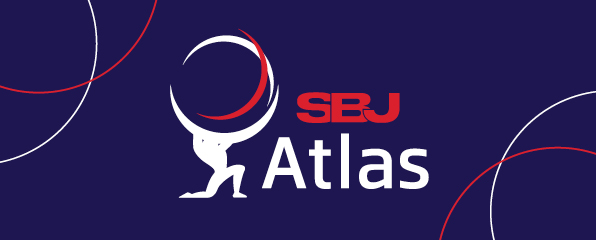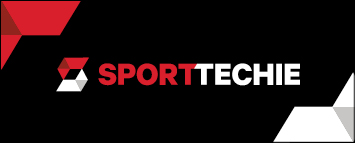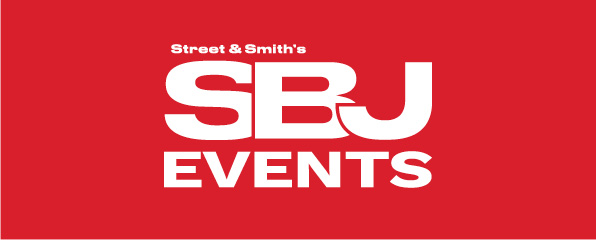Virtual Advertising Changing the Game for Rights Holders
Virtual advertising is about to literally change the way brands position themselves in the sports world. The novel technology creates ad space out of thin air in a more efficient manner than current methods, giving rights holders unprecedented customization abilities.
TV visible virtual signage and graphics are now created and controlled by software, whereas previously this could only be done by using special hardware, installed within the venue. The new applications can insert logos on a soccer pitch, overlay a static board, or even replace dynamic LED screens.
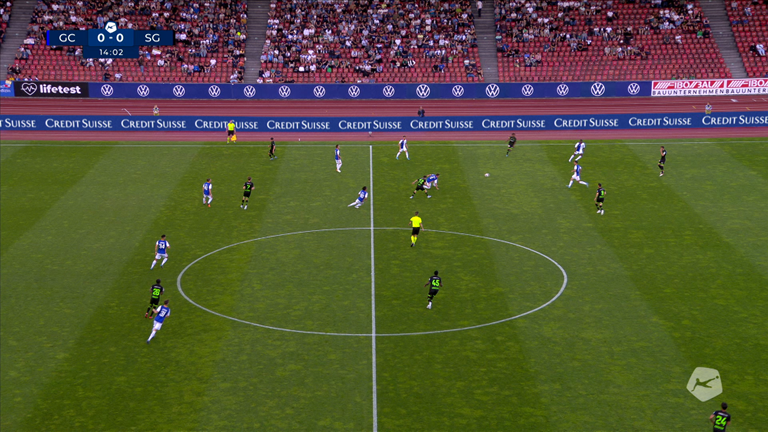
Above: Virtual advertising content overlayed onto the pitch-side LED boards at a live test with the Swiss Football League.
“The new technology is less expensive than using hardware and it’s less intrusive in the broadcast workflow,” said Doug Billman, general manager, Americas for uniqFEED. “It opens up a tremendous amount of inventory that did not previously exist. In sports properties that are struggling to make and grow revenue, it’s a significant new revenue opportunity. It gives more value to the media rights if sold with the subsidiary right to sell local ads.”
The Swiss company has developed software that takes raw broadcast feeds and can change physical signage or create virtual ads. “If the signage is ‘seen’ by the camera, then uniqFEED can do its work in that frame,” Billman explained, adding, “The process can be done independently, either from a remote location or adjacent to, but downstream from, the broadcast operation.”
This capability dovetails nicely with the centralization of broadcasting that many leagues and other broadcasters have implemented in response to the COVID-19 pandemic. Raw feeds are frequently sent to a central hub at a network or league office, with production work done remotely and then redistributed across platforms.
Billman points to Major League Soccer’s upcoming deal with Apple as a prime example: “MLS is controlling production of everything instead of local production (of matches and other content), it will be produced centrally and distributed through Apple. That will make people stand up and take notice.”
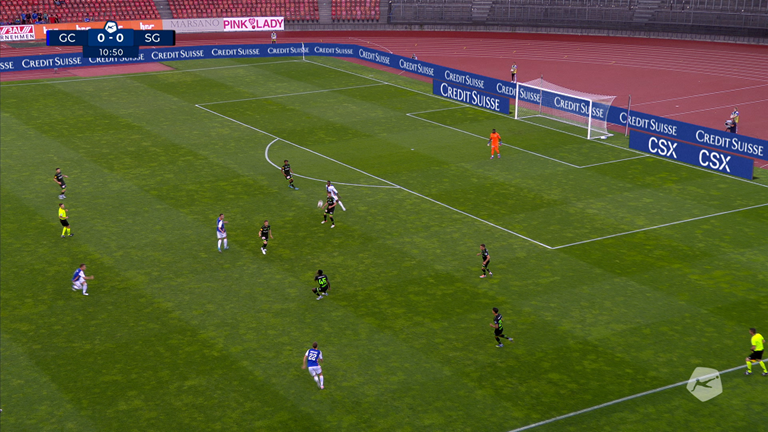
Above: Virtual advertising content inserted onto the pitch-surface in the goal area at a live test with the Swiss Football League.
As these rights move onto streaming services, the technology offers creative opportunities to create inventory — particularly for audience targeting. “In the digital ecosystem, future programming will be distributed and viewed through a digital network, and instead of creating feeds for a country or region, you’re creating a feed for a person, much in the same way that online advertising is delivered to individuals based on user behavior,” said uniqFEED’s Billman. “That opens up a huge opportunity for more targeted, more focused ad messaging that comes from the heart of the action.”
The World Cup would be an ideal candidate for this technology in future given the tournament’s global prominence, attracting an audience of billions of diverse fans who watch the matches on a growing array of platforms. Virtual advertising will help sponsors reach these fans by creating and displaying ads on the pitch during the broadcast, while physical touchline and stadium signage can be replaced with different logos depending on who is streaming the match and where in the world they are watching. This is a far cry from the 1994 World Cup held in the USA, where broadcasters displayed sponsor logos as part of the on-screen scoreboard. That was novel for its time, but not as innovative as custom ads digitally rendered for each viewer.
While soccer fans won’t see any virtual ads during this year’s World Cup, they may be seeing them in club matches soon. “We’re confident it’ll be ready for next year, certainly for the European club season,” said uniqFEED’s Billman.
Ads inserted into the action
Virtual ads plan to keep fans totally immersed in the action with logos, tag lines, or brief spots customized for the viewer and appearing on the playing field, with no need to cut away or even split the screen for a commercial. This in-game ad reach will be key in reaching fans with diminishing attention spans and who increasingly watch with multiple devices. It would obviously be useful for soccer matches, which have few breaks in the action. It’s also the next step from split-screen commercials common during NFL games that are designed to keep the viewer from changing channels or diverting to a different device.
The signs around the stadium and on the video scoreboard will also be digitally altered for clients in different markets or with more relevant ads tailored for the streaming consumer, based on user behavior or demographic data. This has the potential to heighten the viewing experience and would be desirable for companies wanting to be associated with dramatic endings.
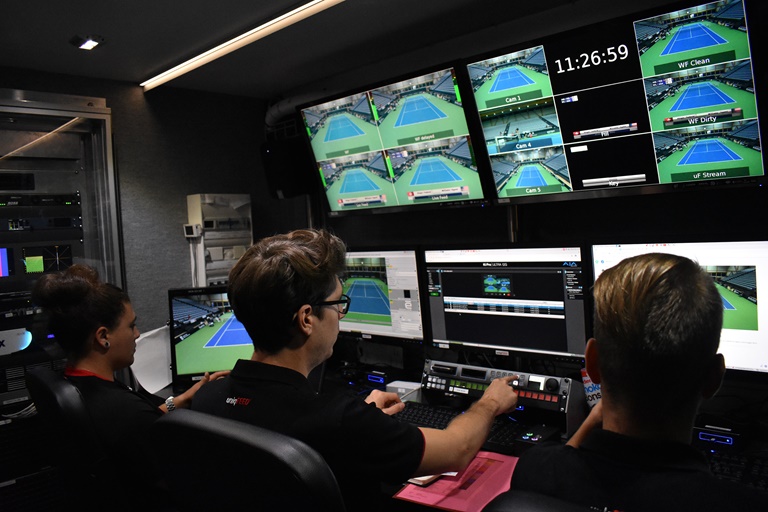
Above: uniqFEED’s operators deploying virtual advertising live at the Swiss Tennis Pro Cup.
“Most advertisers would say, ‘Give me exposure when the game’s going on, when people are excited, as opposed to a stand-alone spot,’” asserted uniqFEED’s Billman. “You can engage the viewer with your commercial message when they are at their most excited and engaged with the sport they are watching.”
Skeptics may say virtual ads could detract from the competition, but a generation of fans are now used to the older technology creating messaging behind home plate of the World Series using specially fitted cameras.
Billman said viewers will only notice or object that the ads and logos have been digitally altered or created if it’s done badly. “If it’s done well, the user cannot tell the ads are virtual, or see the application. If you can tell the technology’s there, that’s not good enough; it has to be indistinguishable from reality.”
About uniqFEED
uniqFEED is a sports technology company that provides software-only virtual advertising solutions for sports rights holders. uniqFEED’s proprietary AdApt software allows virtual content to be inserted into a live sports broadcast feed, enabling the creation of new business models and revenue opportunities via multiple broadcast feeds. For more information visitwww.uniqfeed.com.

